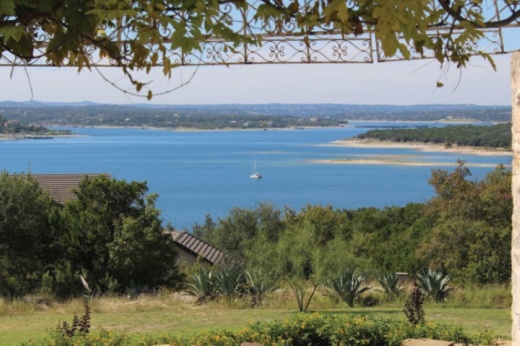Cyanotoxin—a toxin produced in blue-green algae—was found Feb. 26 in water samples taken from Lake Travis.
The Lower Colorado River Authority received lab results Friday evening following reports that four dogs became ill after swimming in the Hudson Bend region of Lake Travis earlier this week.
Solid organic material was taken for testing from the edge of Travis Landing, located on the east side of Hudson Bend. Those samples indicated the presence of algae and decaying algae containing cyanotoxin, which is fatal to dogs and other animals.
As a result, LCRA is strongly encouraging pet owners not to allow their animals to play in the Hudson Bend region of Lake Travis or near shorelines where algae traditionally accumulates.
LCRA received an additional report made in late January from a pet owner whose dog passed away after swimming in the Comanche Point area of the lake, which sits directly across from Hudson Bend.
While reports have not surfaced from other areas of Lake Travis, LCRA noted algae could be present.
As a result, pet owners should always use their best judgment in determining whether to let their dogs play in Lake Travis, according to LCRA. Pet owners should avoid stagnant water and any area with visible algae or decaying matter.
At this time, no reports have been made in other bodies of water throughout Austin, including Lady Bird Lake, which experienced a toxic algae bloom in 2019 that resulted in the deaths of five dogs.
LCRA is obtaining additional water samples from the lake and will update the community upon receiving results.





